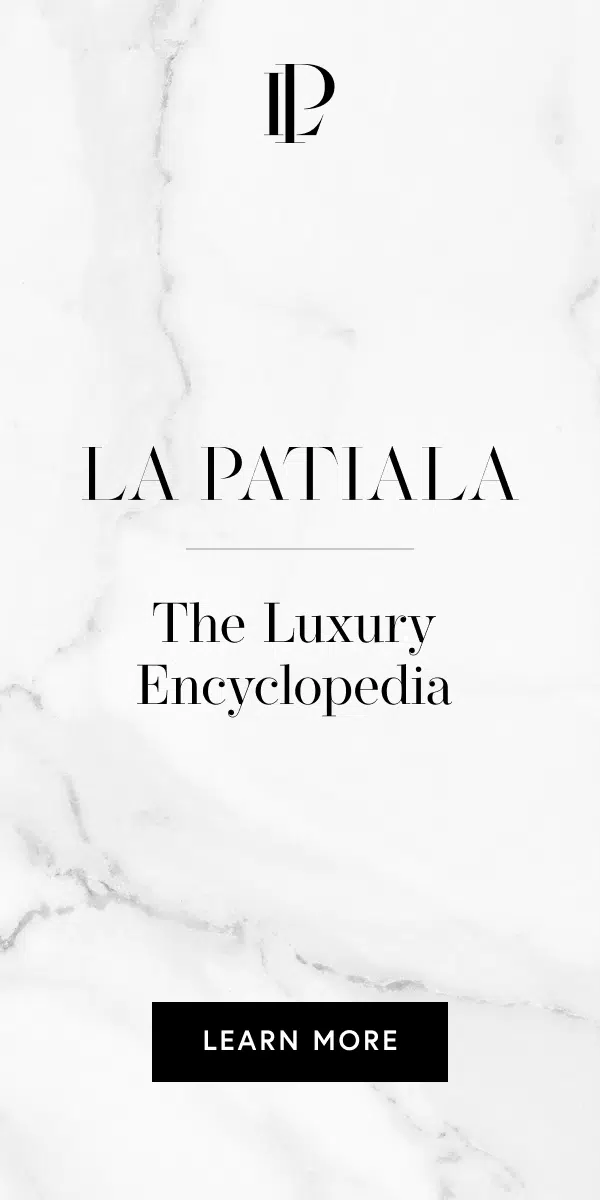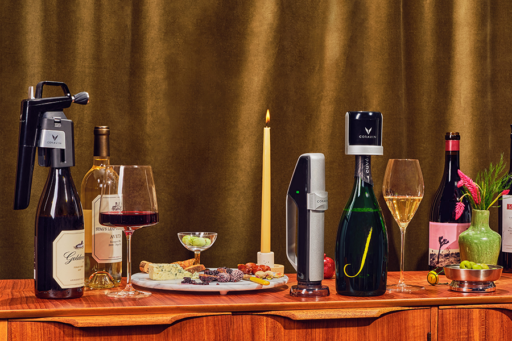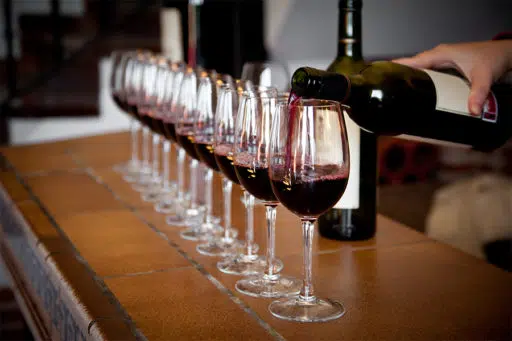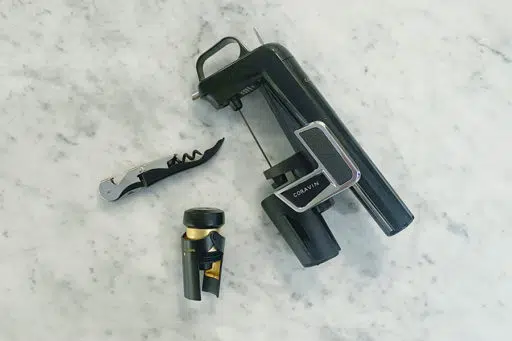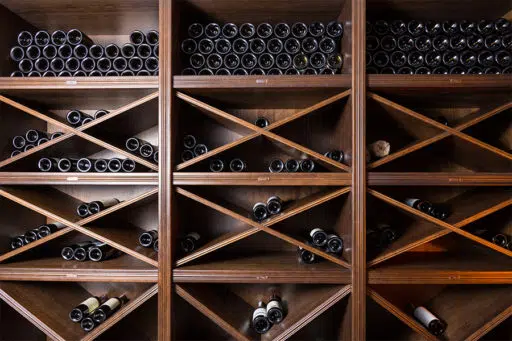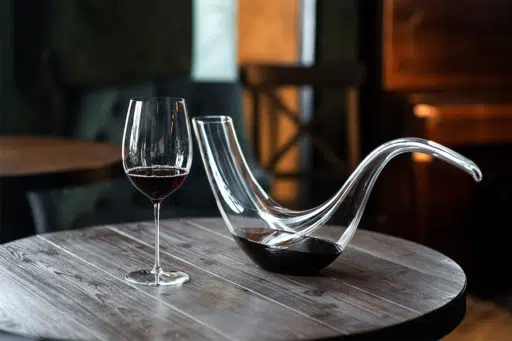How to Taste Wine
Tasting wine can be a daunting experience for beginners. Our easy-to-understand guide will teach you how to taste wine with confidence and develop your palate.
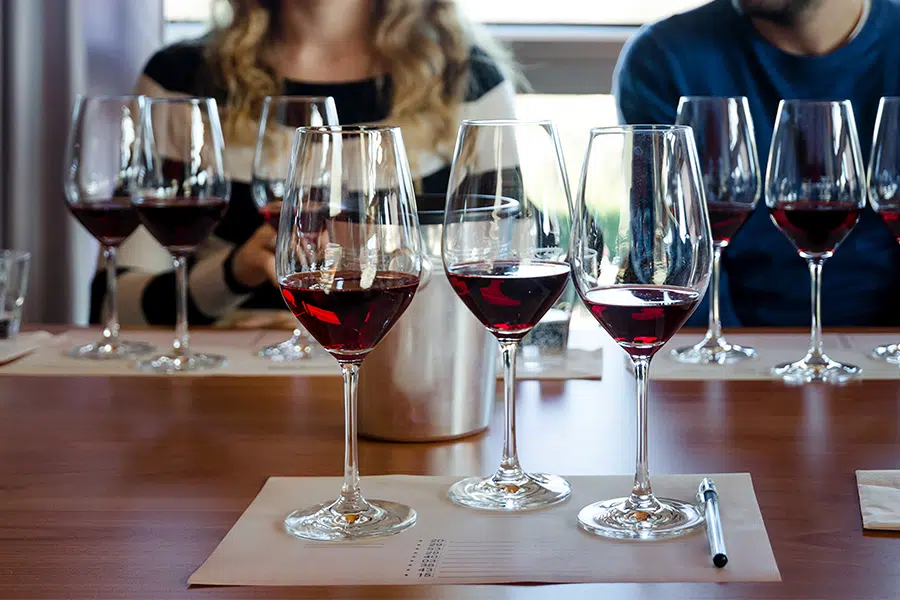
Have you ever swirled your glass and thought “This wine tastes like…wine!” after taking a sip? If so, don’t worry! You’re not alone. Wine is very complex. Unless you know what you are looking for, pulling out the aromas and flavors can be difficult. The good news is that learning to taste wine and developing your palate is actually fun, because your task is to drink lots of different types of wines. You’ll figure out what you like and try some new things along the way.
The essential steps of tasting wine are simple enough: Look at the wine in the glass, smell it, take a sip and taste it, and then think about everything and come to your conclusion. Now let’s examine these steps in more detail.
How to Taste Wine
Look at the Wine
First, pour a glass of wine. The recommended tasting sample is 5cl, but a normal-sized pour is fine. Hold the wine at a 45-degree angle and look at the color and opacity. Is the wine pale or opaque? Light red or dark red? This is an important skill to have in blind tastings when you don’t know what type of wine you are assessing because the color provides clues to the type of wine. It’s a useful skill to have in daily enjoyment as well.
How to Smell Wine
Next, smell the wine. Begin by determining how pronounced the intensity of the aromas is.
Do you smell the wine from a mile away? Are the aromas very delicate and difficult to discern?
Then try to pull out specific aromas, starting with the general category. There are three types of aromas in wine. Primary aromas come from the grapes, secondary aromas come from the winemaking process, and tertiary aromas come from aging the wine. You can find a full list of aromas here; keep track of the different categories in your tasting notes.
Exactly what can wine smell like? Primary aromas are typically floral, fruit, vegetable, or herbal. Secondary aromas come from oak fermentation and/or maturation, yeast contact, or malolactic fermentation. These can include vanilla, toast, and baking spices from oak; yeasty and bready notes from yeast contact; and buttery and creamy aromas from malolactic fermentation. Finally, tertiary aromas can come from maturing the wine before bottling or in the bottle. Fresh primary aromas turn into dried or cooked aromas (think fresh blackberry versus cooked blackberry), and some wines develop leather, tobacco, mushroom, earthy, nutty, toffee, or caramel aromas.
When smelling the wine, start with the general category, and then try to home in on what you’re smelling. If you smell citrus, are you smelling lemon, lime, or grapefruit? If you smell fruit, is it a red fruit like a raspberry or strawberry? Or is it a dark fruit, like a blueberry or blackberry? Fresh or cooked? These can help you determine the wine’s age. Why should you care about how old a wine is? You may find that you prefer fresh fruit aromas found in young wines, or you may love rich, leathery wines with cooked fruit. If you prefer wines with tertiary aromas, you’ll need to buy older vintages or age them yourself.
How to Taste Wine
Now you get to finally taste the wine. Take a small sip and hold the wine in your mouth. Swish it around your mouth, then spit or swallow it. First, consider the wine’s structural components, including the level of acidity, alcohol, sweetness, and tannin; the body; and the length of the finish. If your mouth waters a lot after tasting the wine, the wine has a higher level of acidity. Tannins make your mouth feel dry. If the wine feels full in your mouth, it has some body. Does your mouth or throat burn or feel hot? Then the wine has a higher level of alcohol content. How long after swallowing do the pleasant sensations from the wine reach your taste buds? Do they immediately disappear, or do they linger? This gives you an idea about the wine’s finish.
These are really only components that are important to know if you are blind tasting or evaluating wine. But those who drink wine casually and are aware of its structural components can use that information to find other types of wines that appeal to them. They’re extremely helpful when asking for help purchasing a wine. It’s much easier for a sommelier to understand that you don’t like a type of wine because you prefer wines with low levels of tannin than to say “I don’t like Rioja.”
Of course, you want to assess if you find the same flavors on the palate as on the nose. You could find new ones, too!
Finally, think about everything you have just discovered in the wine. Did you enjoy it, or was there a component that didn’t appeal to you, like heavy oak or high acidity? This will help you in your wine journey.
Two Ways to Improve Your Tasting
If you’re having trouble determining what you’re actually smelling, you’re not alone. For many people, it’s a learned skill and you can develop your sense of smell and your palate with practice. I recommend buying the 54 Wine Aroma Master Kit from Le Nez du Vin, which is really helpful in understanding different aromas, especially some unfamiliar ones, like bilberry and hay. It’s a great way to practice, and also a fun dinner party game.
The best way to find different aromas is to taste the same grape variety from different producers and parts of the world. For example, the first time I was able to discern the pastry and brioche notes in Champagne was when I tasted Prosecco, Cava, American sparkling wine, and Champagne together. It was obvious that the Champagne had something the others didn’t, and from that, I was able to understand what these aromas actually smelled like in wine. It helps to use a tulip-shaped glass when tasting Champagne because these glasses expose more of the wine’s surface area than a flute does.
You can do the same thing with pretty much any wine. In terms of white wines, some classics to try are Sauvignon Blanc from Sancerre, France, and Marlborough, New Zealand; and Chardonnay from Sonoma, California, and Burgundy, France. As for red wines, Cabernet Sauvignon from Napa Valley, California, and Bordeaux, France, are a must, as are Pinot Noirs from Burgundy, France, and Willamette Valley, Oregon. It’s really interesting to try them together, and it’s the easiest — and most fun! — way to learn.
Don’t forget to try wines that are of different ages. If you have older wines at home, compare them with a younger vintage. Or you can buy wines that are of different ages. Rioja is a great example of this because there are several age-based classifications for sale. A Crianza Rioja that ages 24 months is completely different from a Gran Reserva Rioja that ages for at least 60 months. As you gain wine-tasting experience, you’ll be able to perceive how fresh fruit changes to cooked fruit and how leather notes develop.
Want to Learn More?
How to Taste: A Guide to Enjoying Wine by Jancis Robinson is one of the classic books on the subject with all the best tasting tips. It’s easy to read and follow along at home. Robinson is one of the world’s most respected wine critics and writers, so you are in great hands with her.
Take a class! Many wine shops and restaurants offer classes. I also highly recommend taking the Wine and Spirit Education Trust Level 2 Award in Wine if you’re really interested in good wine. The course is eight weeks long and is a wonderful overview of the wine world.
Order a wine flight the next time you go to a wine bar and try different types of wine next to each other. It’s a great way to learn more about your preferences and taste the differences. You’ll want to focus on similar wines in order to get the most out of your experience. Learn more about horizontal and vertical wine tastings here.

